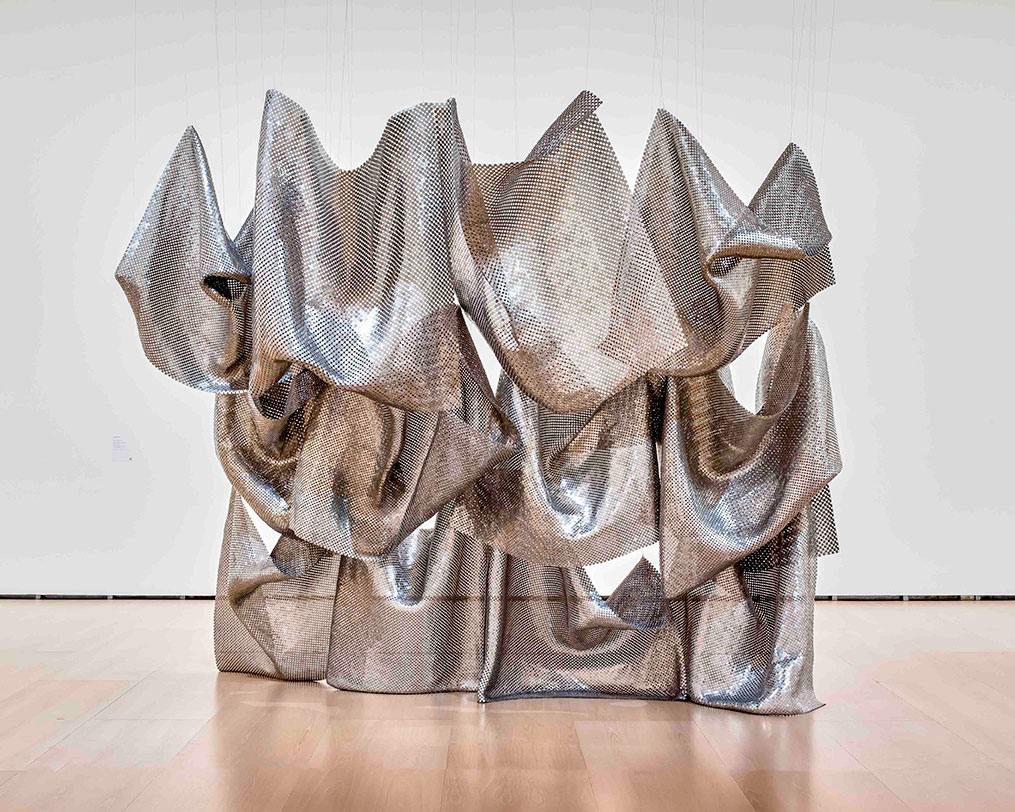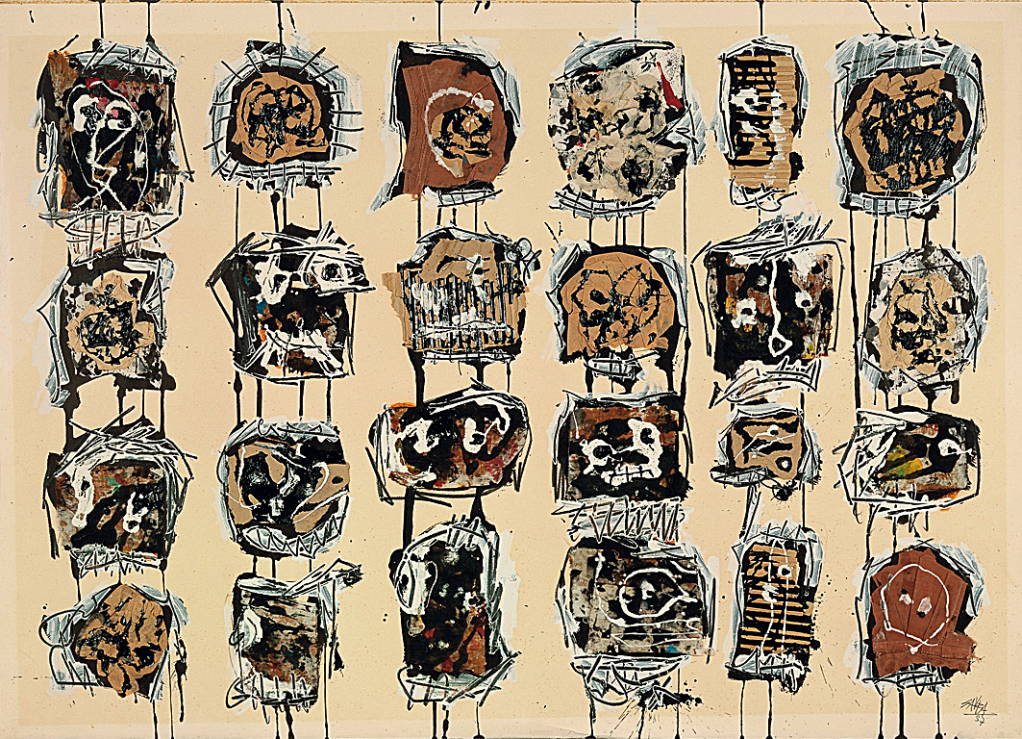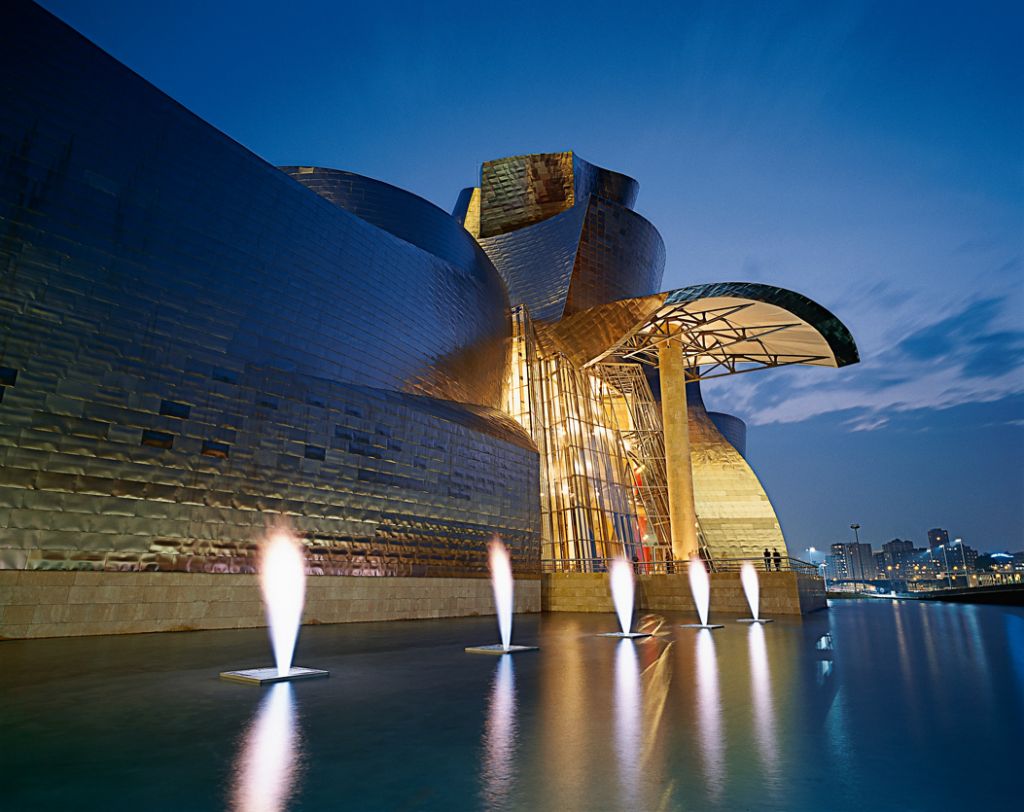Kathreiner's Morning Wood
1969–79Acrylic, wood, mixed media, and framed collage on canvas and fabric235 x 305 cm
For more than 40 years Sigmar Polke has created complex works that have shaped the art of their time. With his "dot" paintings of the early 1960s, he forged a unique new vision for German art, which had been largely derivative of gestural abstraction during the postwar years. In these early works, he imitated the Benday dot screens of commercial printing, painstakingly applying this signifier of mechanical reproduction by hand. The resulting handcrafted quality, and his reproduction of the imperfections in the photographic negatives from which he worked, introduced a sense of skepticism that distinguishes his work from that of American Pop artists such as Roy Lichtenstein and Andy Warhol. In 1963, while still students at the Staatliche Kunstakademie Düsseldorf, Polke, Konrad Lueg, and Gerhard Richter consolidated their cultural criticism into a style they termed Capitalist Realism, a mocking reference to the official Soviet style of Socialist Realism and a comment on the commodification of art in capitalist culture.
During the 1970s Polke slowed his art production in favor of travel to Afghanistan, Brazil, France, Pakistan, and the United States, where he shot photographs and film footage that he would incorporate in his works of the 1980s. Using materials such as sheer synthetic fabrics, colored lacquers, and hydrosensitive chemicals in combination with paint, he began to self-consciously undermine the conventions of painting and to challenge its appropriateness as a medium to comment on contemporary life. Kathreiner's Morning Wood (Kathreiners Morgenlatte), with its layered composition incorporating fabric and painted imagery, is an example of this questioning. An image of a dull domestic interior is superimposed on patterned swatches and clippings culled from mass-media sources, creating a formal metaphor for the complex layering of ideas in postmodernism. To underscore his "destruction" of the traditional easel painting, Polke has apparently taken the wooden stretcher, cut it up, and strewn the pieces over the surface of the work. Inverting his own name but signing "Henri Matisse" right side up, Polke ironically comments on the presumed necessity of including an accepted sign of high modernism in order to guarantee the authenticity and value of an artwork. With the complex group of references in Kathreiner's Morning Wood, Polke presents a critique of the condition of the artist and the impossibility of sustained originality in contemporary art in the late 20th century.
Original title
Kathreiners Morgenlatte
Date
1969–79
Medium/Materials
Acrylic, wood, mixed media, and framed collage on canvas and fabric
Dimensions
235 x 305 cm
Credit line
Guggenheim Bilbao Museoa






